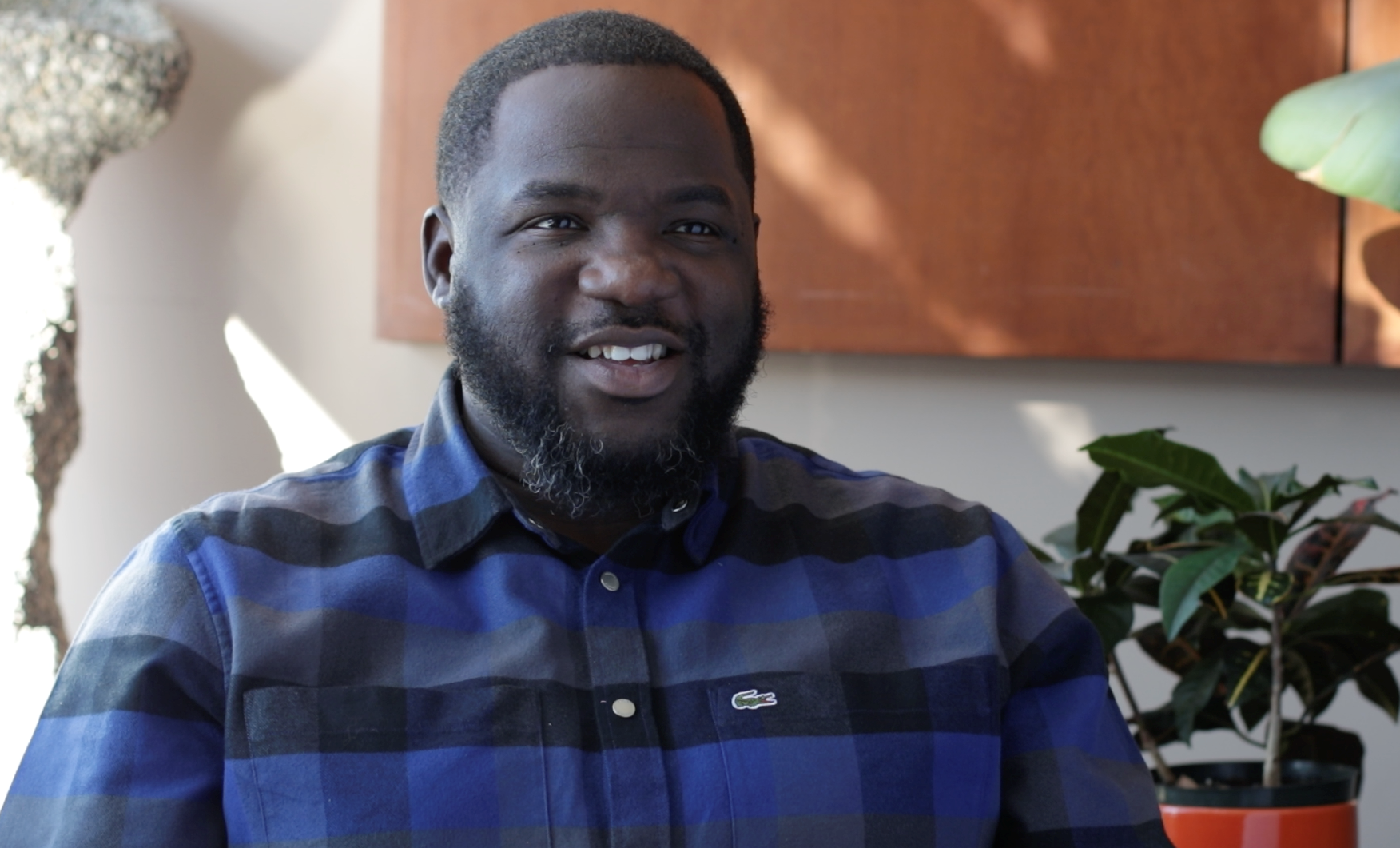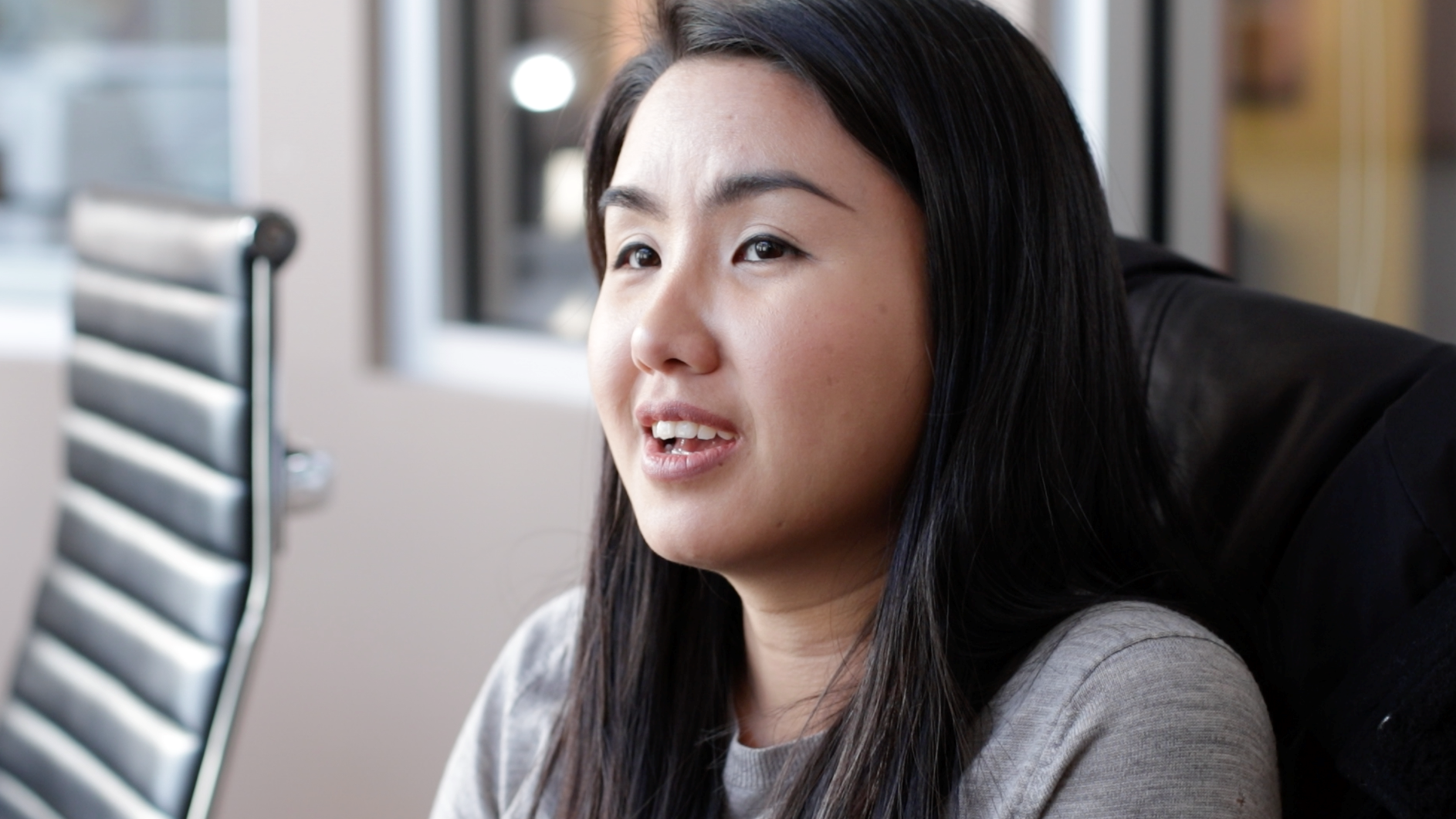Commercial Tobacco Use
- Commercial Tobacco Use Home
- Data and Reports
- Get Help Quitting
- Prevention and Treatment
- Tobacco and Your Health
Learn More
- Behavioral Health and Commercial Tobacco
- E-cigarettes and Vaping
- Flavored Commercial Tobacco
- Menthol Commercial Tobacco
- Nicotine and Nicotine Dependence
- Nicotine Pouches and Other Emerging Products
- Promoting Quitting and Treatment
- Secondhand Smoke and Aerosol
- Traditional and Sacred Tobacco
Related Topics
Contact Info
Helping Smokers Reduce Stress of Poverty Is Key to Quitting
Smoking is more prevalent among those with lower incomes and lower levels of education in Minnesota—partly due to tobacco companies marketing heavily in low-income neighborhoods.
The challenges of poverty cause immense stress in people’s lives, so it’s understandable that for some people quitting smoking can feel like yet another challenge. But learning what smokers experience in their daily lives—as the nonprofit Pillsbury United Communities (PUC) is doing—can offer a path for reducing stress and supporting smokers more compassionately when they are ready to quit.
 “Many people in our North Minneapolis community are on the margins of our society because they live in poverty,” observed Adair Mosley, Interim President and CEO of PUC. “Smokers are pushed to the margins even further. So we needed a new approach grounded in the lived experience of tobacco users.”
“Many people in our North Minneapolis community are on the margins of our society because they live in poverty,” observed Adair Mosley, Interim President and CEO of PUC. “Smokers are pushed to the margins even further. So we needed a new approach grounded in the lived experience of tobacco users.”
Beau Sinchai, Pillsbury United Communities’ Design Lead and Project Coordinator, has taken on the job of developing a more effective approach. Her method seeks to better understand smoking from the diverse perspectives of community members, and to uncover powerful cultural insights for improving the organization’s “pro-smokers, anti-smoking” efforts.
PUC is supported in this work as one of eleven recipients of a Tobacco-Free Communities (TFC) grant from the Minnesota Department of Health, a program to reduce and prevent youth commercial tobacco use and to address tobacco-related disparities in Minnesota. The program is part of a growing movement to promote community-driven tobacco prevention and control activities and strategies. To find community-based solutions to reducing tobacco use, PUC is putting people first through a process called human centered design.
Meaningful conversation and storytelling lead to a deeper understanding
“Instead of doing the typical survey questionnaire, we engage community members in conversation through storytelling,” Sinchai said. “We worked with 10 families over the course of the last year, immersing ourselves in their lives and in understanding how they experience smoking and quitting.”
Sinchai emphasized that the perspective of the smoker is just one of many viewpoints that they wanted to understand. While they asked smokers what influences them to smoke, why they keep smoking, in what settings they smoke, and how smoking affects their family members- spouses, partners, children and friends were also interviewed. “We asked how the actions of smokers are impacting them,” recalled Sinchai, “what they are going through, and how or if they might be participating in the smoking behavior.”
The interviews revealed that, although most of the participants who used tobacco knew about the programs and resources available for quitting, they said their immediate need was for help with the causes of stress that lead them to continue tobacco use. One said that freeing up stress would allow them to concentrate on being a better person who could serve their family and community. Another talked about a lack of support among family and friends when they did attempt to quit, and wished they had someone who would be an ally to encourage them through the process. Insights like these are enabling Pillsbury United Communities to develop videos, presentations, youth programs, and other tools for responding to what people said will help them reduce the use and influence of tobacco in North Minneapolis.
Community transformation made stronger from within
 Sinchai says that the human centered design process makes it much easier for people to work together in true cultural collaboration, and leads to more enduring transformation in communities.
Sinchai says that the human centered design process makes it much easier for people to work together in true cultural collaboration, and leads to more enduring transformation in communities.
“We didn’t come in as the ones who knew all the answers. We came in with a very open mind in search of a deep down understanding,” she explained. “What we felt from people right away was this willingness and openness to participate because we approached them saying we have a question and you are the ones who know the best answer.” Nor does the human centered design process lead to measuring success in a limited way. “Success is going to look different for each person, and for how they define it in their lives.”
Pillsbury United Communities is also doing culturally-informed grassroots organizing around tobacco policies and systems through the legislature and city council.
“We want to use our work as a catalyst for bigger system changes,” said Mosley. “Going forward, we will continue to equitably engage individuals and families because we envision everyone living well in a thriving, healthy community.”
Learn more about Pillsbury United Communities at www.puc-mn.org.
Download this story: Helping Smokers Reduce Stress of Poverty Is Key to Quitting (PDF)
More stories about community grantees
The Tobacco-Free Communities Grant Program funds local community grants and technical assistance and training grants that aim to reduce and prevent youth tobacco use and address tobacco-related disparities in Minnesota by promoting community-driven tobacco prevention and control activities and strategies.
Learn more about the Tobacco-Free Communities Grant Program and read grantee stories featuring their work throughout Minnesota communities.